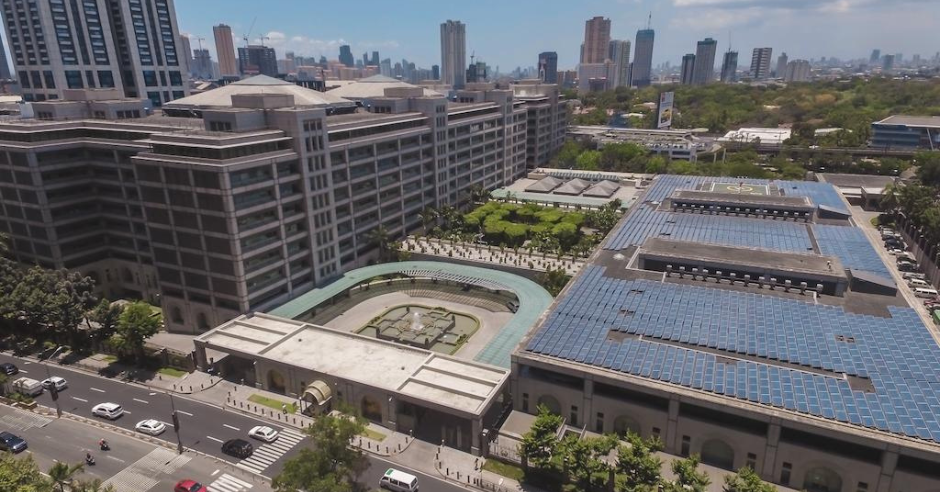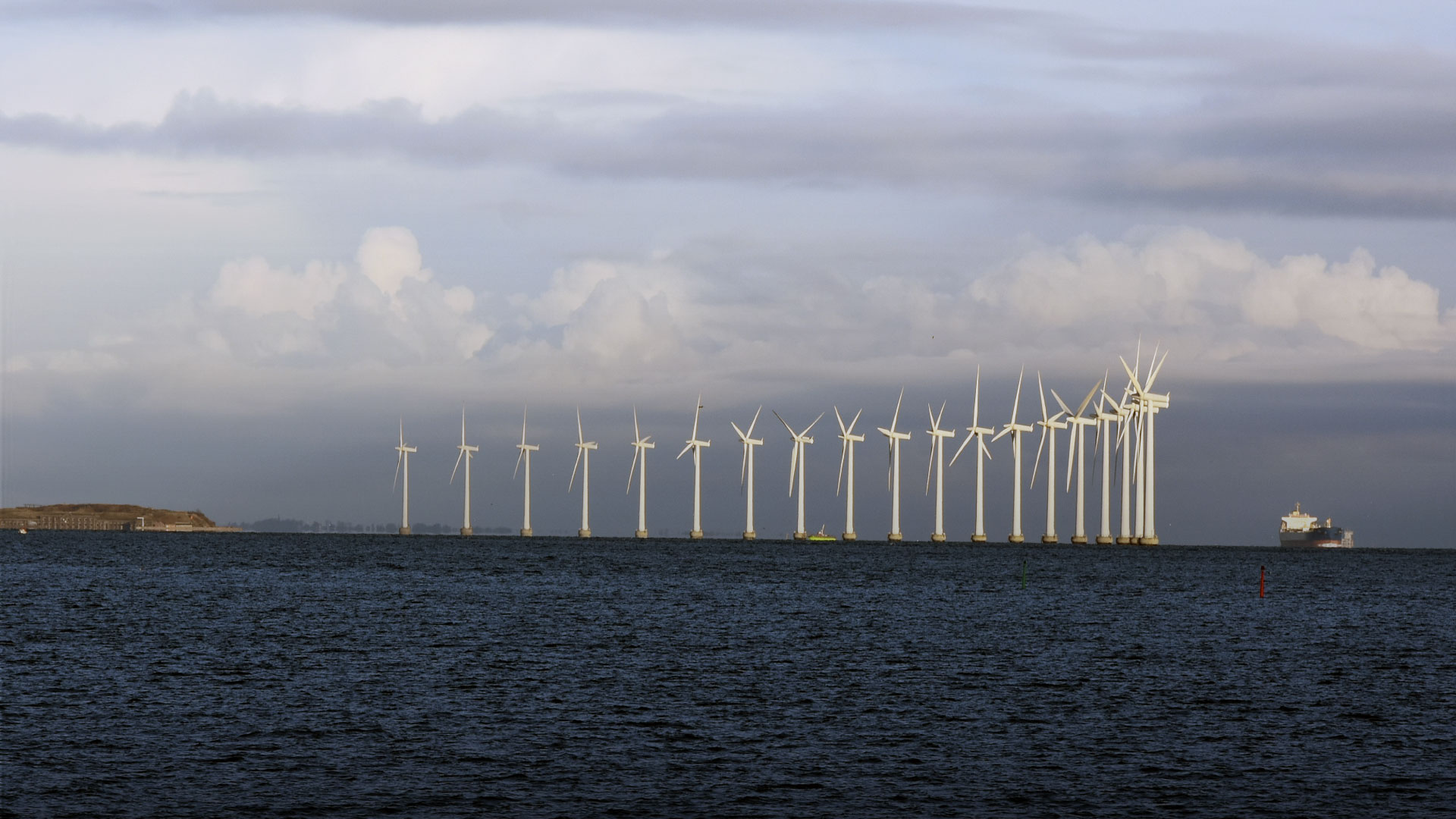The Asian Development Bank (ADB) approved a new road map to guide the challenges to accelerate efforts to combat climate change and enhance private sector development.
As the Strategy 2030 Midterm Review outlines, ADB will step up its efforts to guarantee prosperity, inclusion, resilience, and sustainability in its member nations.
Masatsugu Asakawa, ADB President said, “Cascading shocks have derailed years of development progress in Asia and the Pacific. ADB is updating its vision, expanding its financial capacity, and modernizing its operational approach to help its members respond to these unprecedented challenges, including the accelerating climate crisis, public health crises, and economic and fiscal vulnerability.”
He added, “Our support is needed now more than ever. This new road map sets an unprecedented level of ambition and focus for ADB’s work and will ensure we meet the moment through bold action and transformative impact.”
Also read: ADB invests $50 million in Actis Fund to accelerate clean energy transition in Asia and the Pacific
With this plan, ADB hopes to increase its financial capacity and narrow its focus to five main areas: building resilience, digital transformation, climate action, private sector development, and regional cooperation.
As part of its enhanced climate action, ADB has committed to allocate 50% of its total annual financing to climate-related projects by 2030 generating over $100 billion in cumulative climate finance from 2019 to 2030.
Also read: New Zealand commits $25 million to ADB’s energy transition mechanism for Southeast Asia
In addition to expanding its climate finance, its reforms will unlock $100 billion in new funding capacity over the next ten years.
This is a component of a larger package of capital management reforms authorized in September 2023.
It will raise ADB’s yearly commitments to over $36 billion, increasing its funding capability by 40%.




